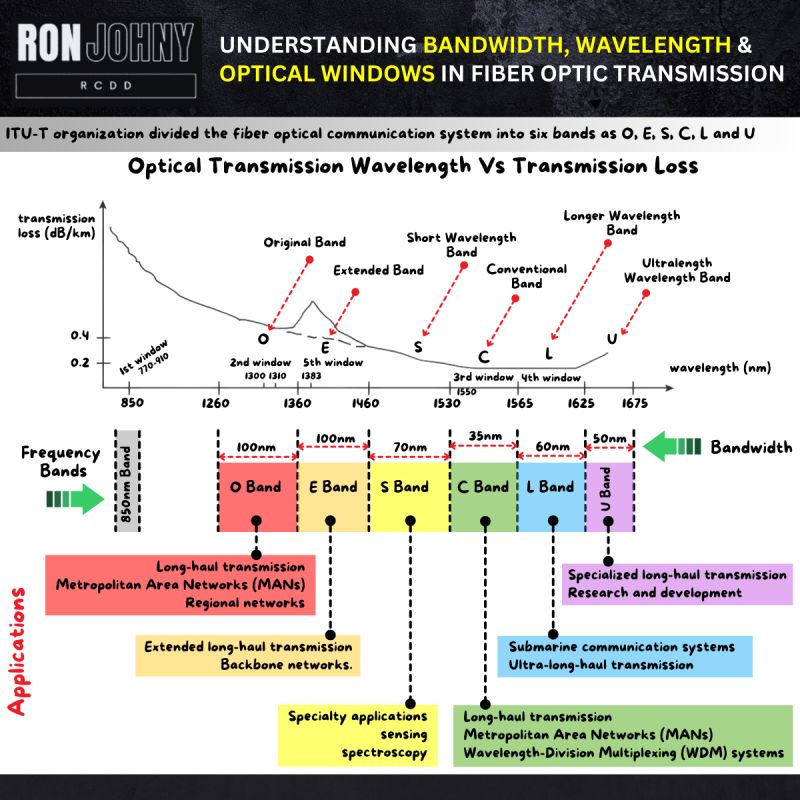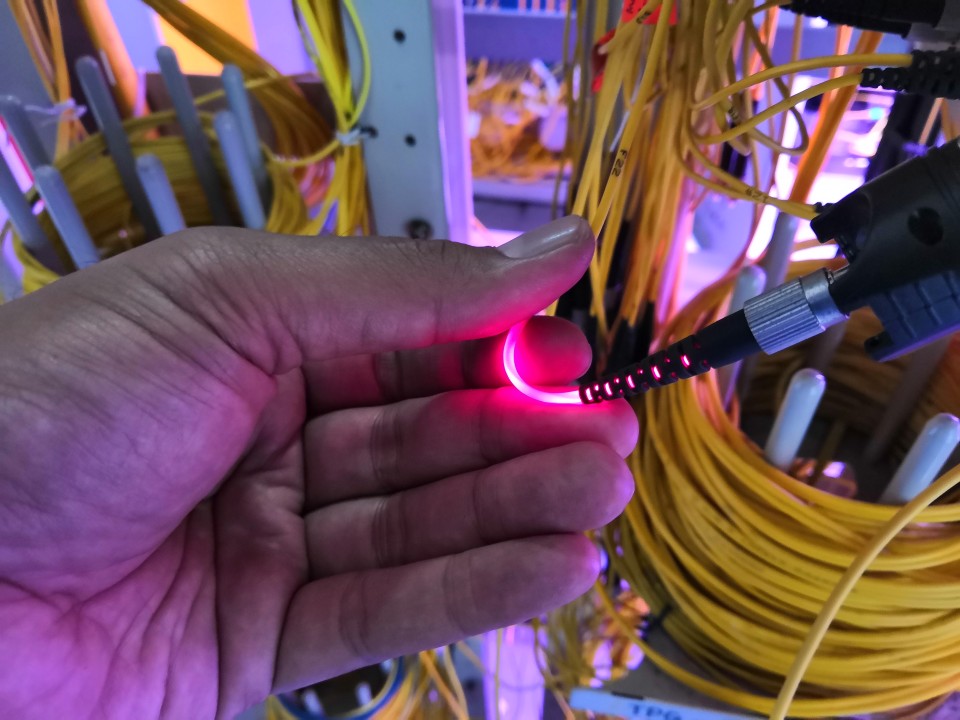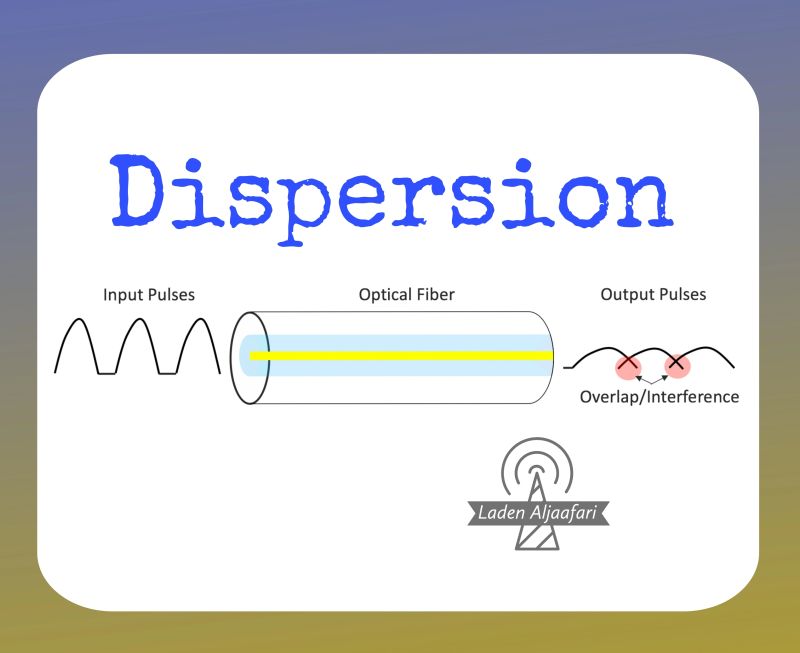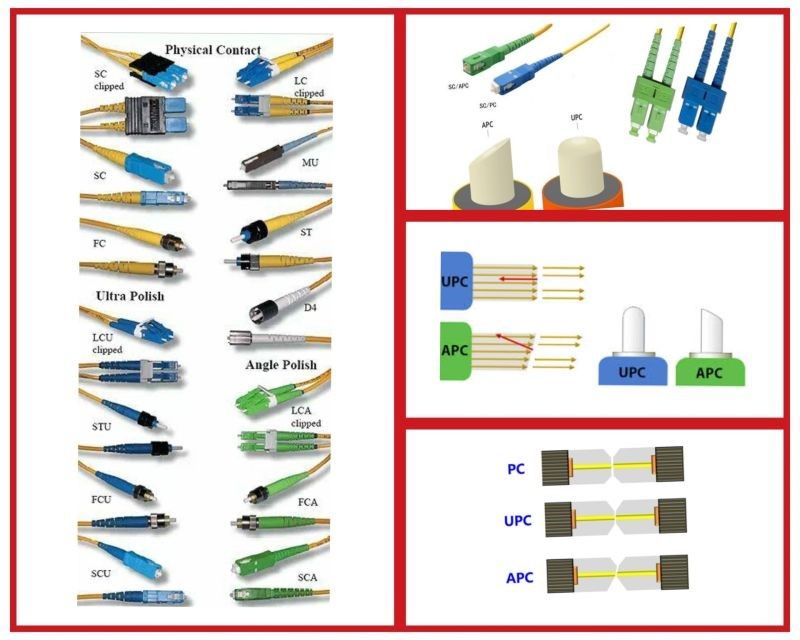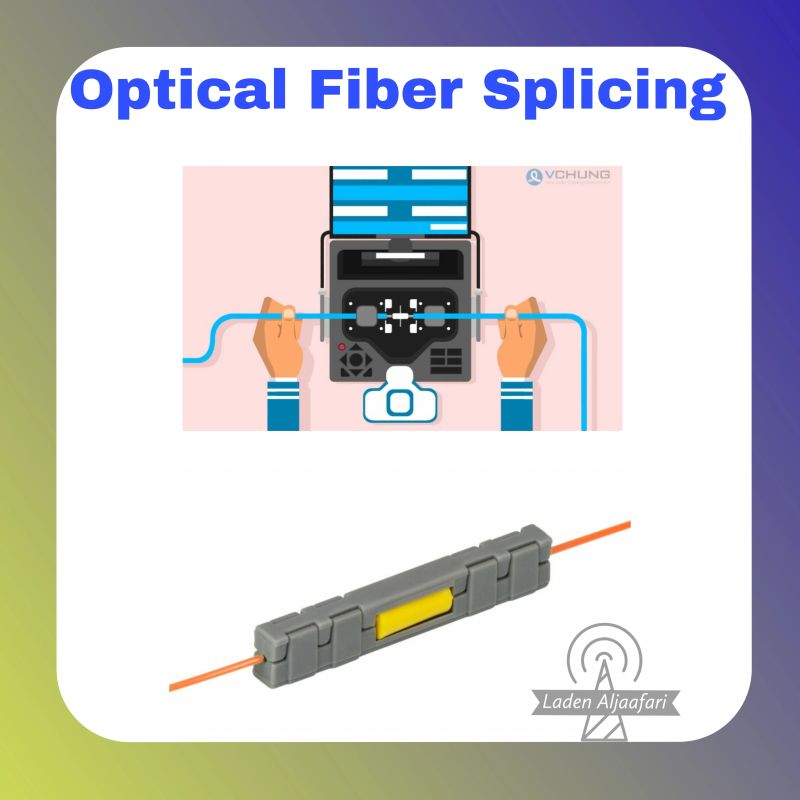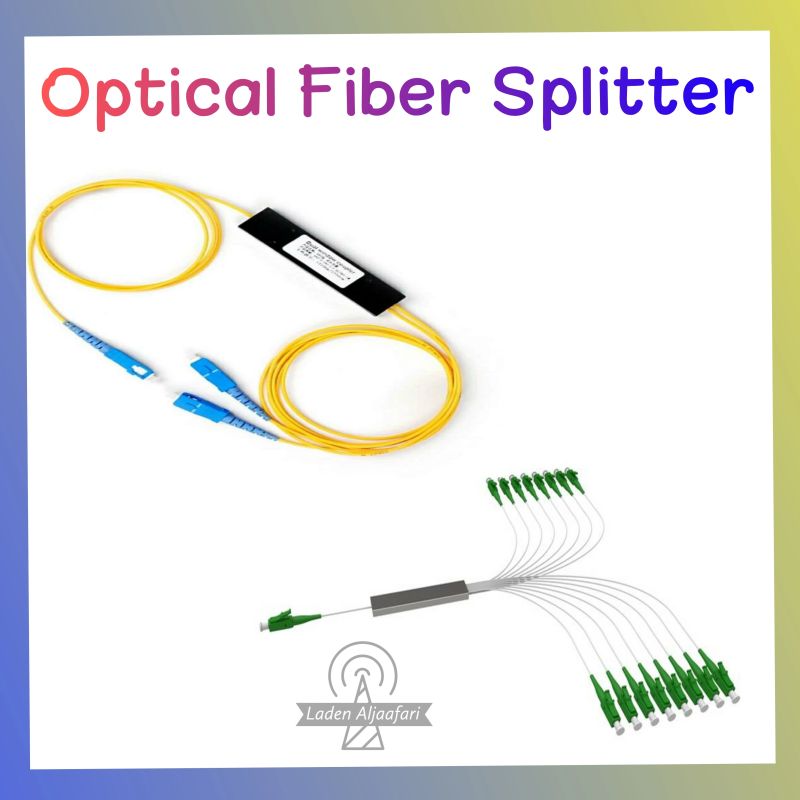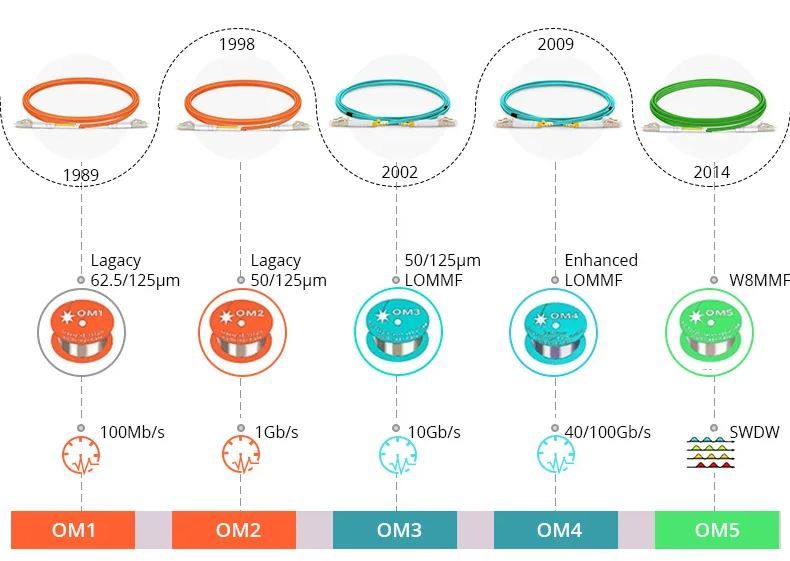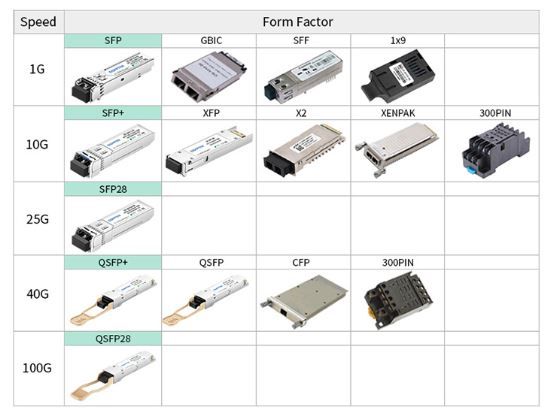Overview of Single Mode vs Multimode Fiber Optic Cable
⭕ Overview of Single Mode vs Multimode Fiber Optic Cable Single mode means the fiber enables one type of light mode to be propagated at a time. While multimode means the fiber can propagate multiple modes. The differences between single mode and multimode fiber optic cable mainly lie in fiber core diameter, wavelength & light […]







